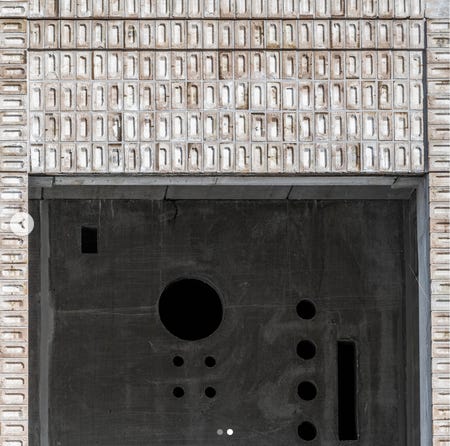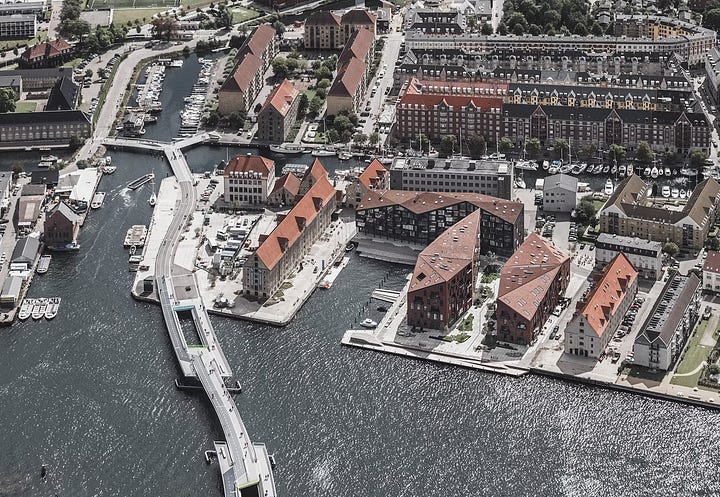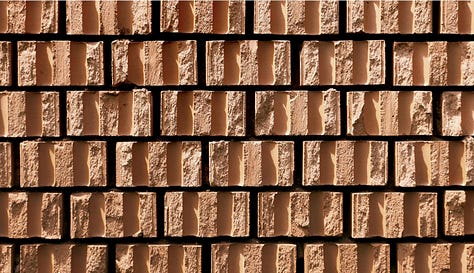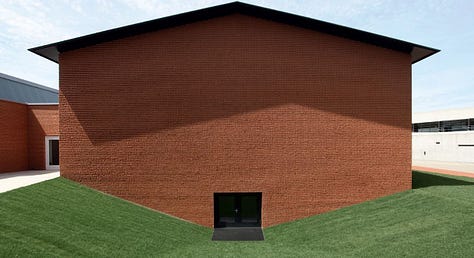Mastering the Art of Designing with Bricks
Whether handmade or hand-broken, projects with these bricks oozes uniqueness
Exploring sustainable construction materials, one can easily mention a material whose history stretches from ancient Mesopotamia to our times, the “honest” brick.
Obviously, we can talk about the fact that brick buildings are a good #environmental, #social and financial investment.
But this time, I am more interested in the textural qualities and the relationship between the uniqueness of the craftsmanship and the aspirations of the future.
A year ago, a post from Reiulf Ramstad Arkitekter AS drew my attention, announcing the use of the famous Kolumba brick for their project, Korsgata 5 in Oslo.
“When the world's star architects are looking for the perfect brick, they seek out an 81-year-old Dane in Southern Jutland.
The fact that the generation-long family business Petersen Tegl A/S has survived is not due to cheap and mass-produced bricks - quite the opposite. Petersen's bricks have become perhaps the world's most sought-after for architects who will build magnificent projects.”
It immediately made me think of the Paper Island by Cobe, where the housing's bricks are made in collaboration with PetersenTegl.
The dynamic play of colors and shadows on the facade is due to the #texture and roughness of the coal-fired #bricks. Without a doubt, the general effect is due to the use of uniquely #crafted bricks.




Going a little beyond the location of this project, we meet another project dear to me, Krøyers Plads by Vilhelm Lauritzen Architects and Cobe.
Krøyers Plads is highly #innovative and original in the facade design, taking inspiration from the red brick materiality of the surrounding old warehouses.





In both cases, it is noteworthy how in these projects with contemporary volume they integrate into the urban landscape.
Starting from Krøyers Plads which is a reinvention of industrial warehouses, we arrive at another project that has the appearance of an #industrial building - Vitra Schaudepot by Herzog & de Meuron.
Located in a rich #context sprinkled with architectural landmarks made by Zaha Hadid Architects, Kazuyo Sejima + Ryue Nishizawa / SANAA, Álvaro Siza, Herzog & de Meuron and Renzo Piano among other architects, the Schaudepot building wanted to be a functional piece integrated in its context.



Having a slightly different approach in this case, the brick wall manages to create a vibration through the uniqueness and distinctive way of placing the brick.
A unique note that accentuates the materiality of the facade is given by the use of hand-broken bricks.
R. Sennett speaks very nicely in his book "The Craftsman" about deep connections between material consciousness and ethical values, and about the fact that the maker leaves a personal mark of his or her presence on the object.
"In the history of craftsmanship, these maker's marks usually have carried no political message [...] merely the statement anonymous laborers have imposed on inert materials, fecit: ''I made this,'' ''I am here, in this work,'' which is to say, ''I exist.''




